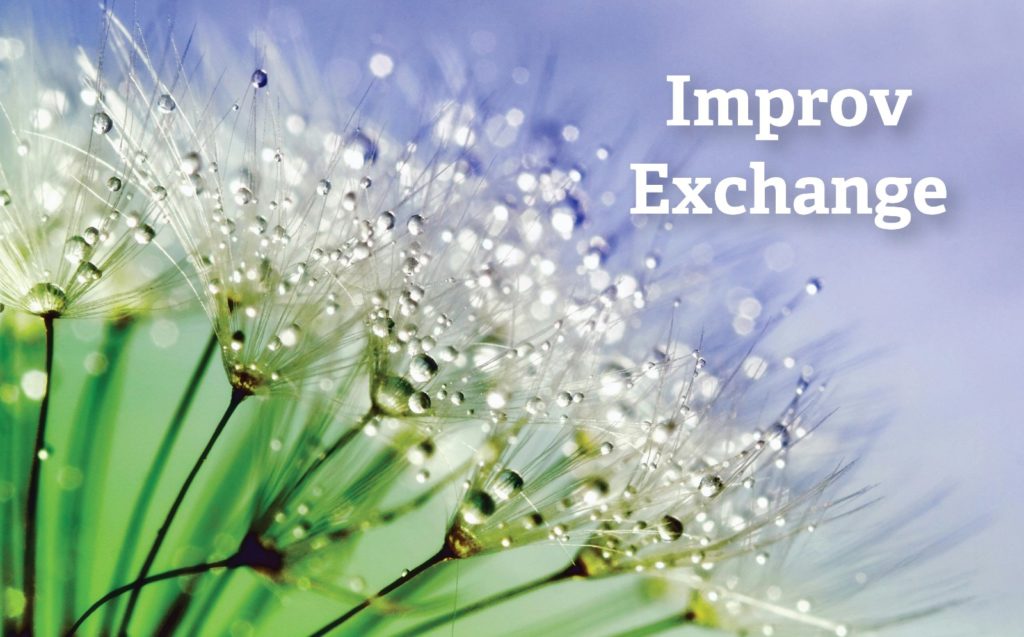
Improv Exchange: Dewdrops
In every issue of Dalcroze Connections, we provide ideas for a brief composition that might be used in the classroom. Use this as inspiration for your own improvisations and share the results!
As improvisers, it’s important to take inspiration from any and everything: life experiences, art of all kinds, poetry.
In this issue, we present “Dewdrops” by Myra Viola Wilds, a Black American poet born in Kentucky in 1915. Although she lost her eyesight later in life, the imagery in the poem is evocative and a wonderful start to improvising. Below are some musical seeds from the members of Publications and Professional Development Committees that can be used to kickstart fresh ideas. Notice the similarities in these contributions!
Dewdrops
Watch the dewdrops in the morning,
Shake their little diamond heads,
Sparkling, flashing, ever moving,
From their silent little beds.See the grass! Each blade is brightened,
Myra Viola Wilds, from poets.org
Roots are strengthened by their stay;
Like the dewdrops, let us scatter
Gems of love along the way.
Katie Couch
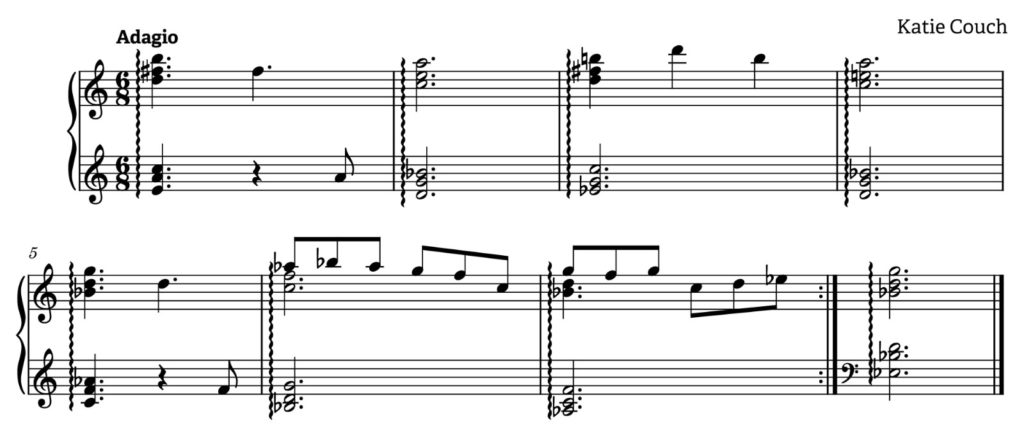
Michael Joviala
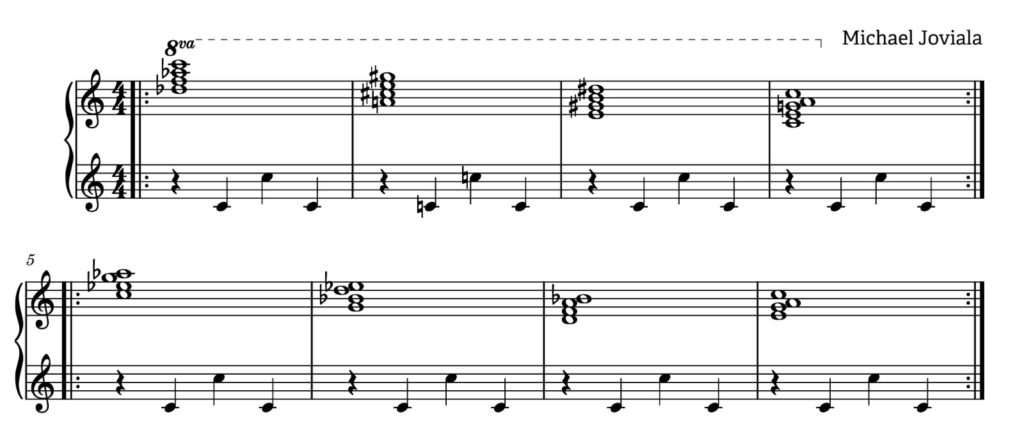
This is a harmonic scheme planed over a drone. It can be moved anywhere the ear desires and played with any rhythm that suits. Experiment with the inversion. Roll the chords for maximal wateriness! If you like this sound, learn “Naima” by John Coltrane, from where this was loosely borrowed.
Michael Joviala
Mary Dobrea-Grindahl
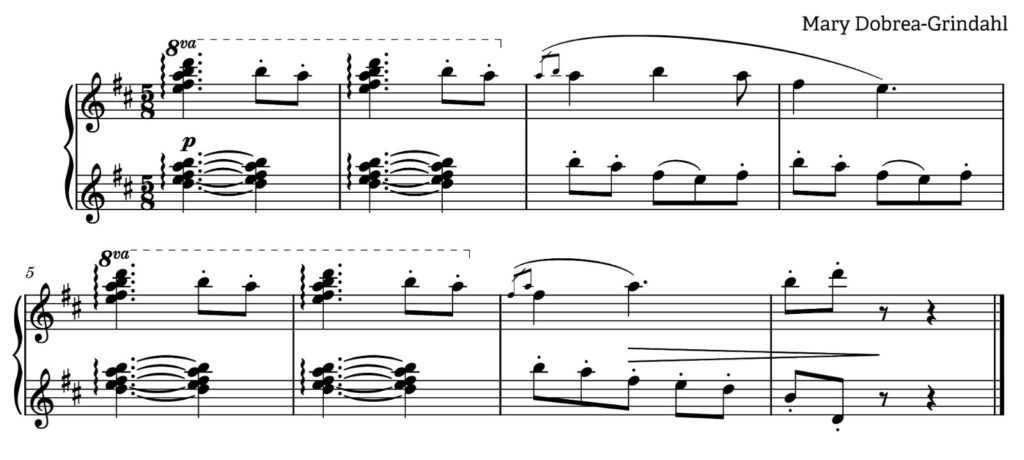
Michelle Li

Elda Nelly Treviño
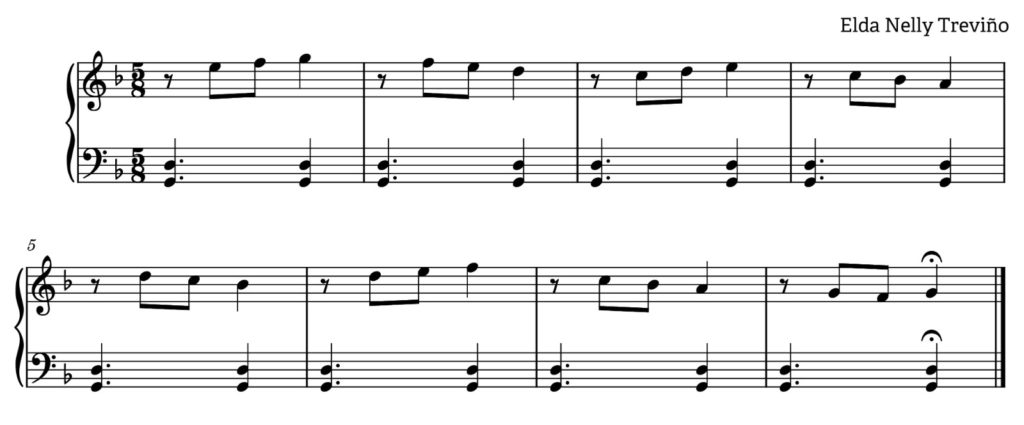
I thought of 5/8 meter because it feels unstable as dewdrops in the morning along with the open 5th “rooted” ostinato. Dorian mode always feels peaceful to me as well.
The suggestions for the improviser are to think of a three note motive either ascending or descending, and to alternate its direction every measure.
Elda Nelly Treviño
We’d love to hear how you used these ideas for improvisation. Share your improvisation or submit a new composition for next issue! Send your ideas to editor[at]dalcrozeusa.org.
This article was originally published in the Spring 2024 issue of Dalcroze Connections, Vol. 8 No. 2.